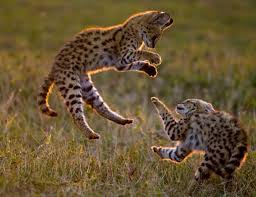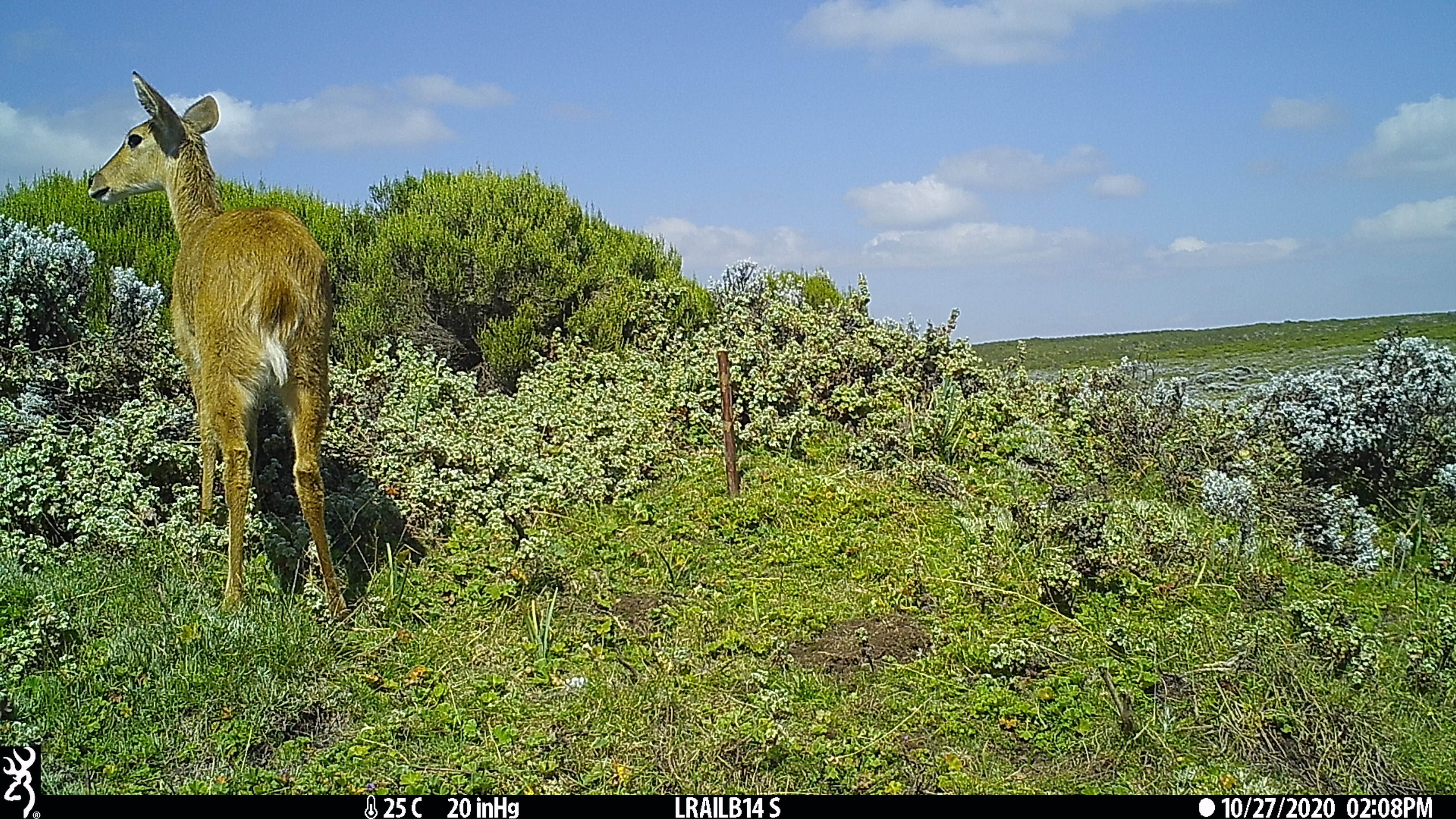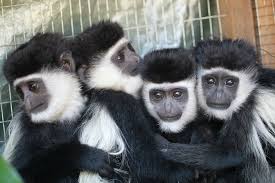ABOUT US
According to different information or reference before Arsi branch established there was other organization which call Shashamene Forest industry which was established before Oromia forest and wild life enterprise by the regulation number of 6/19990 at September 30, 1990 E.C. by Oromia regional stat. After ten or eleven years Oromia forest and wild life was established by the regulation number of 122/200. At this time nine branch was formed in oromia regional state at different zone. So, Arsi branch was got the current and and one of the nine branch of Oromia forest and wild life Enterprise.
Arsi Branch office which is situated at about 225 km South Eastern of Finfinne (Addis Ababa), and South Eastern zone of Oromia regional state by embodying both Arsi and west Arsi zones and the branch office is located at Arsi Negele town with a ranging geographical location of 60 0` 0“___90 0` 0“ North latitude and 380 0` 0“___410 0` 0“ East longitudes. The branch is divided into six districts; namely, Adaba Dodola, Arbagugu, Chilalo Galema, Gambo, Munessa and Shashemene districts.
Arsi branch covers a total of 535,205.537ha Among this, plantation forest covers 12,976.077 ha, natural forest covers 522,229.46 ha,. Hence the plantation forest covers approximately 2.42% of the total branch areas and the natural forest covers around 97.58% from the total forest area of the branch.
Arsi branch concession areas mostly lie within the climatic zones of the Woyna Dega and Dega which are characterised by a high rainfall and also touch some small areas of kolla climatic zone such as Langano and Etaro low land areas which are found under Munessa and Arbagugu Districts respectively. The wet season of the area extends from June to October with the maximum rainfall occurring during July and August. The main rainy season is associated with the convergence of south-westerly and south-easterly winds from the Atlantic and Indian Oceans. During the dry season, the wind is normally from north-east and during the main rainy season it is south-easterly from the Indian Ocean.
The vegetation cover of an area is determined mainly by the altitude, temperature, amount of rainfall and parent material. The dominant tree in both size and frequency is Padocurpus gracilior. Other large trees are Celtis africana, Olea hochstetteri, and Prunus africana. The Croton macrostachyus is a frequent species. Less common species are Aningeria adolfi-friedrici, Apodytes dimidiata, Ficus sur, Schefflera abyssinica, and Syzygium guineense, Euphorbia species, probably E.candelabrum occur occasionally.
Frequent smaller trees are Allophilus abyssinicus and Bersama abyssinica. Dombia spp., Ekebergia capensis, Nuxia congesta, Fagaropsis angolensis, Linocier gordani, Milletia ferruginea, Olinia rochetiana and Ochna holstii are occasional or rare. Understory species which form small trees shrubs include Brucea antidysentarica, Canthium spp., Cassinpourea malosena, Caliniera coffeoides, Lipidotrichilia volkensi, Mytenus spp., Tecla nobilis and Vepris dianelli. Smaller woody species are Dovalis abyssinica, D.spp. Erytrococcoa, Rytigynia neglecta, and Trichocladus ellipticus.
Planting was conducted on large scale mainly with Cupressus lusitanica, several E.species and very few indigenous species. At present, the main plantation species of the Arsi branch are exotics such as Cupressus lusitanica; Pinus patula, Eucalyptus globulus, E.saligna and E.grandis are observed.
However wildlife and wildlife area management as one of the core component of the business of the enterprise it is mandatory to have a development and utilization plan since it incurred cost and contributes to the development of the enterprise.
The entire Arsi branch has been set aside as controlled hunting area. This shows that the major part of the Arsi branch area is under controlled hunting hence rich in wildlife. The following are some of the commonly observed wildlife including birds in the branch concession area. Those are: Menelik’s Bush back (Tragelaphus scriptus), Warthog (Hylochoerus meinrtzhageni), Duiker (Sylvicapra grimmis), Anubis baboon (Papio annubis), Egptian mongoose (Herpestes ichneumon), Leopard (Pantera pardus),Abyssinian colobus (Colobus abyssinicus), Spotted hayena (Crocuta crocuta), Colobus Monkey, Civet Cat, Mountain Nyala (Tragelaphus buxtoni), Ethiopian Wolf, Klipspringer, Wild pig, reed buck, Thick Billed raven, Wetted Ibis, Olive Trush, White check turaco, Roget’s rail, Mountain Buzzard, Black Headed Sullen, Red wing staring, Black wing love bird, White back black tit, Yellow bishop, Tropical bubo, Abyssinian cat bird, Robin chat, etc. are the most observed wildlife in Arsi branch.
The forest wich found under oromia forset and wild life enterprise in different branch has a good economic result for the country Ethiopia as well as for Oromia. From this economic role Arsi branch have its owne role by producing different production like forest production and non timber production
Arsi branch forset production:-
- Pinus patula for log
- Cupressus Lusitanica for log
- Eucalyptus logs,construction,fire woods
- Pole for Electric from Eucalyptus spp.
- Timber production from Cupressus production and pinus production
- Work-shop production
Arsi Branch Non Timber forest product
- Honey
- Coffee
- Different type of Seedlings
1. Munesa Districts
Contact
Name of Manager:Amane Milikeso
Phone Number:+251919663564
2. Gambo Districts
Contact
Name of manager:Abu Dabi
Phone number:+251916017238
3. Shashamene Districts
Contact
Name of Manager:Gemedo Wodajo
Phone Number:+251913997616
4.Adeba Dodola Districts
Name of Manager:Desta Urgasa
Phone Number:+251928872854
5. Chilalo Galema Districts
Name of Mnager:Shewarega Kebede
Phone Number:+251911066829
6. Arba Gugu Districts
Name of Manager:Damte Asfawo
Phone number:+251954647678
Arsi Branch Districts
Forest Wilderness

Look Deep Into Nature

Just Living Is Not Enough

